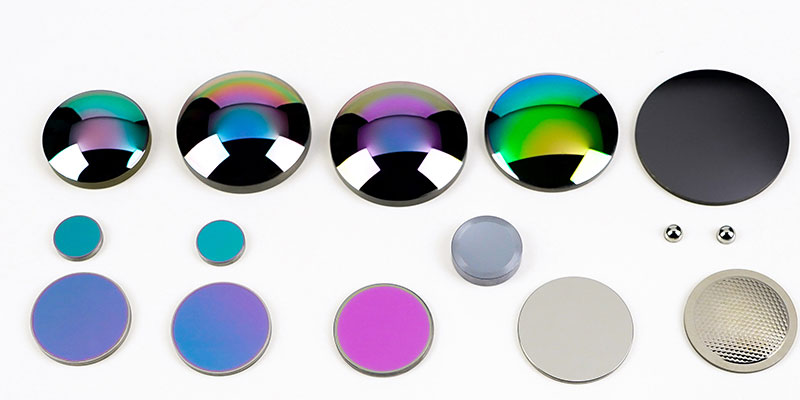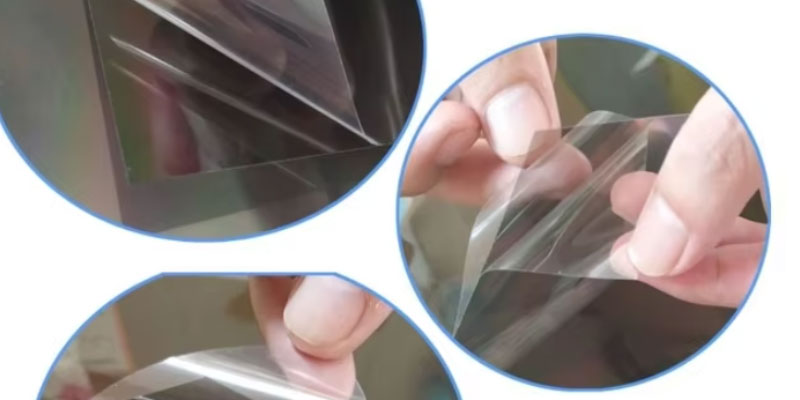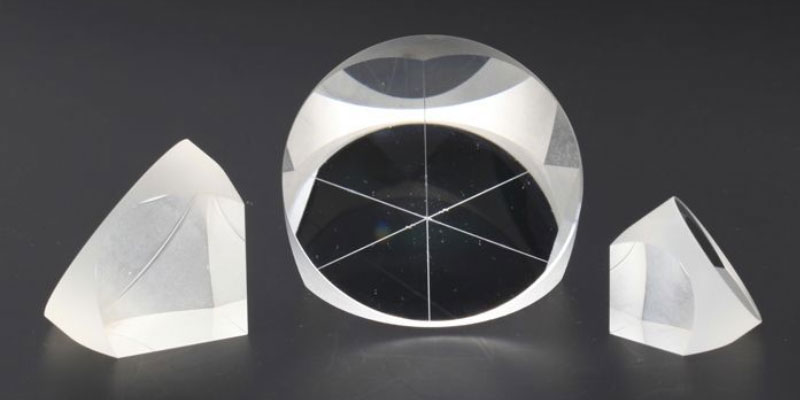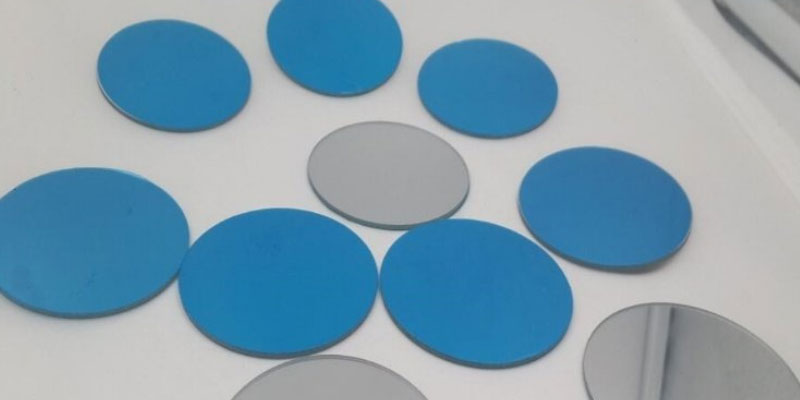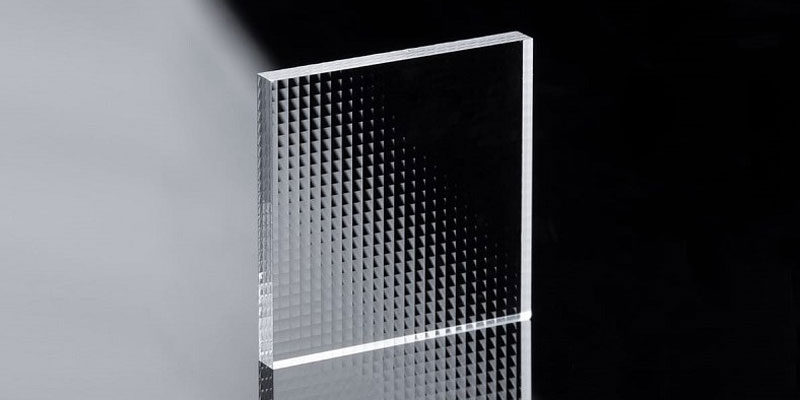
Micro Optical lenses are extremely small lenses, which are often employed in optoelectronics and optical communications, and high-precision optical devices. They may be symmetric spherical lens as well as lenses that have more intricate surfaces, like parabolic lenses and aspherical lenses. Microlenses vary in size ranging from tiny micrometers to hundreds of micrometers. They can be employed to concentrate on, diverge, direct or modify light beams.
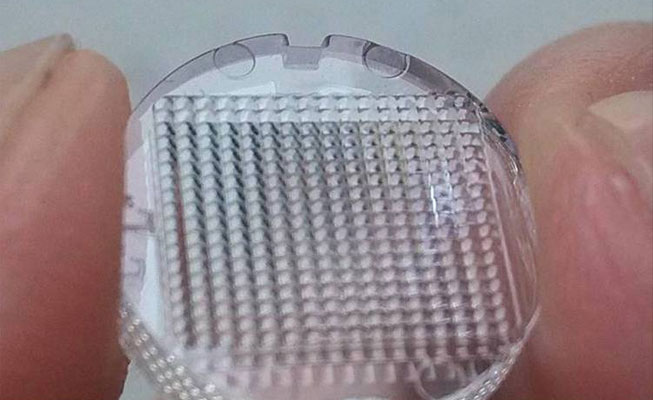
When it comes to the process of integrated circuit (IC) manufacturing microlenses are often employed in photolithography, the process that creates tiny circuit designs onto silicon wafers. Microlenses are used to focus or scatter the light beam, which can improve the quality and resolution that the design.
Microlenses are also incorporated in optical waveguides and optical fibres, and optical sensors to serve many optical applications, including biosensing, optical interconnects or laser controls. Because they can be small, they are often employed in portable electronic devices as well as precision instruments.
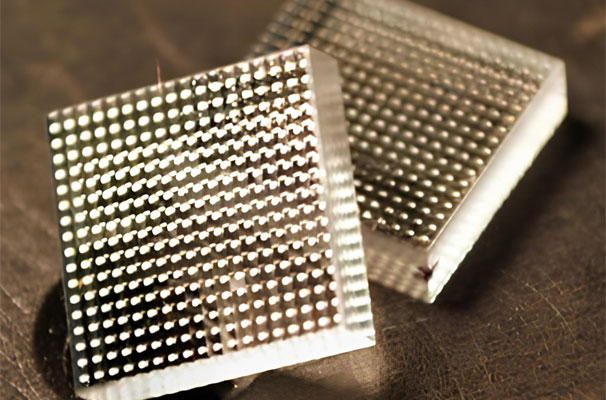
In the process of designing microlenses like how long the light wavelength is, design of the lens as well as the materials used must be considered in order to ensure that they be effective in their job. Techniques for making microlenses include self-assembly, microelectronic processing photolithography and soft cutting. With the advancement of nanotechnology technology, the production and use of microlenses are becoming increasingly and more varied, with vast implications on optics and optoelectronics.
optlenses
Related posts
what germanium lens is used for?
What Is Polarizer Film?
Porro Prism vs Roof Prism Lens
Dielectric Mirror Materials And Their Applications
